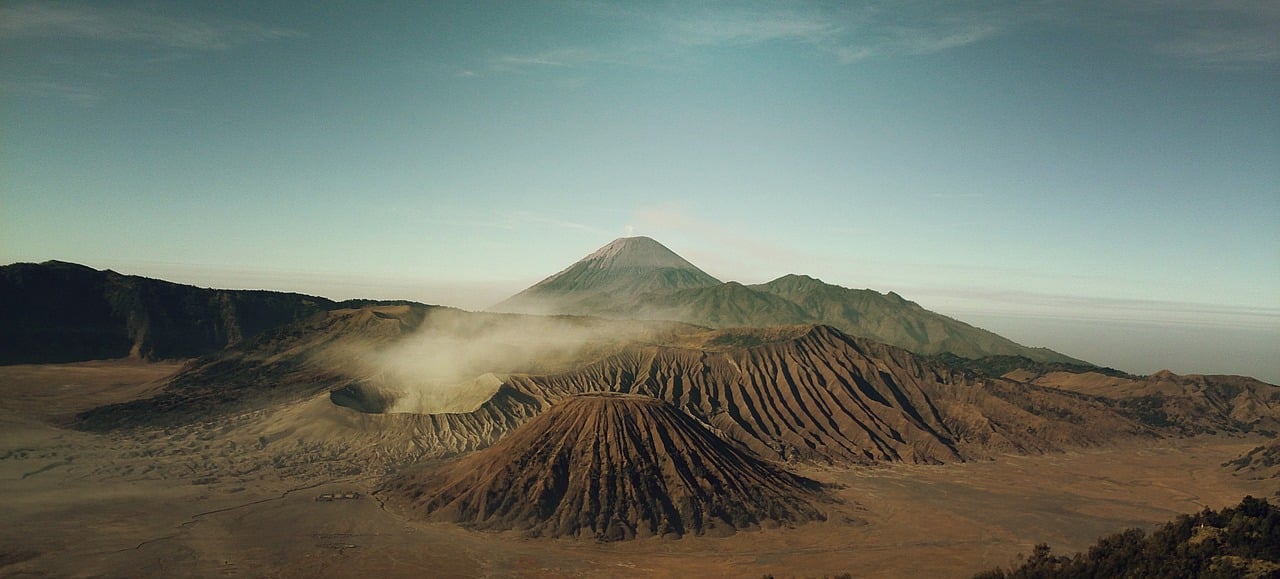A study earlier this month revealed that Pluto’s liquid oceans may be protected by a layer of gas insulation, suggesting that many foreign worlds may have liquid oceans despite being far from their host stars. Now, a new study looks at Pluto’s volcanoes and their ability to erupt liquid water to the surface, similar to how magma gets to the Earth’s surface via volcanic eruption.
According to the researchers working on the study published in the journal Science Advances, traces of ammonia on icy Pluto may provide evidence of geological activity, but instead of lava, Pluto’s volcanoes spew liquid water. While Pluto may be too far away to host life as we know it on Earth, these properties could provide some features necessary for the evolution of life, scientists report in their study.
The data crucial for this study was provided by NASA’s New Horizons probe which gathered a lot of useful information back in 2015, during its epic flyby. The data hints at the evidence of ammonia on Pluto’s surfaces, hinting at tectonic activity on the dwarf planet.
“In recent years, ammonia has been a bit like the ‘holy grail’ of planetary science,” study lead author Cristina Dalle Ore, a planetary scientist at NASA’s Ames Research Center in Moffett Field, California, told Space.com. One reason for this is that ammonia is a key ingredient in chemical reactions underlying life as we know it, “and therefore, when found, it flags [the presence of] an environment that is conducive to life. This does not mean that life is present — and we have not yet found it — but it indicates a place where we should look.”
Ammonia is considered a “fragile molecule” which gets depleted by ultraviolet radiation from the sun, according to Dalle Ore. That said, being found on the surface of the dwarf planet suggests that it appeared relatively recently, some million years ago, but before cosmic rays or ultraviolet radiation destroyed it.
The study suggests that the ammonia was placed on Pluto’s surface, mixed with the water from Pluto’s volcanoes. This water originates from the hidden underground ocean, and it most likely found its way out through some kind of cracks. According to Dalle Ore, this process is called cryovolcanism.
While the surface of the dwarf planet is extremely cold, heat from radioactive ores makes the area under Pluto’s crust much warmer while “ammonia, when mixed in water, acts like an antifreeze and therefore allows water to be liquid at temperatures that would otherwise be too cold,” Dalle Ore told Space.com.
The presence of ammonia contributes to the possibility of there being a liquid ocean under the icy crust of Pluto. However, the depth and spreading of the ocean is still unknown. While it may consist only of a little liquid water, there could also be a large water layer under all of Pluto’s surface.
“My next task is to try to determine the location of all the vents from which water and ammonia might have been sprayed in an attempt to map the size of the ocean,” Dalle Ore told Space.com.





